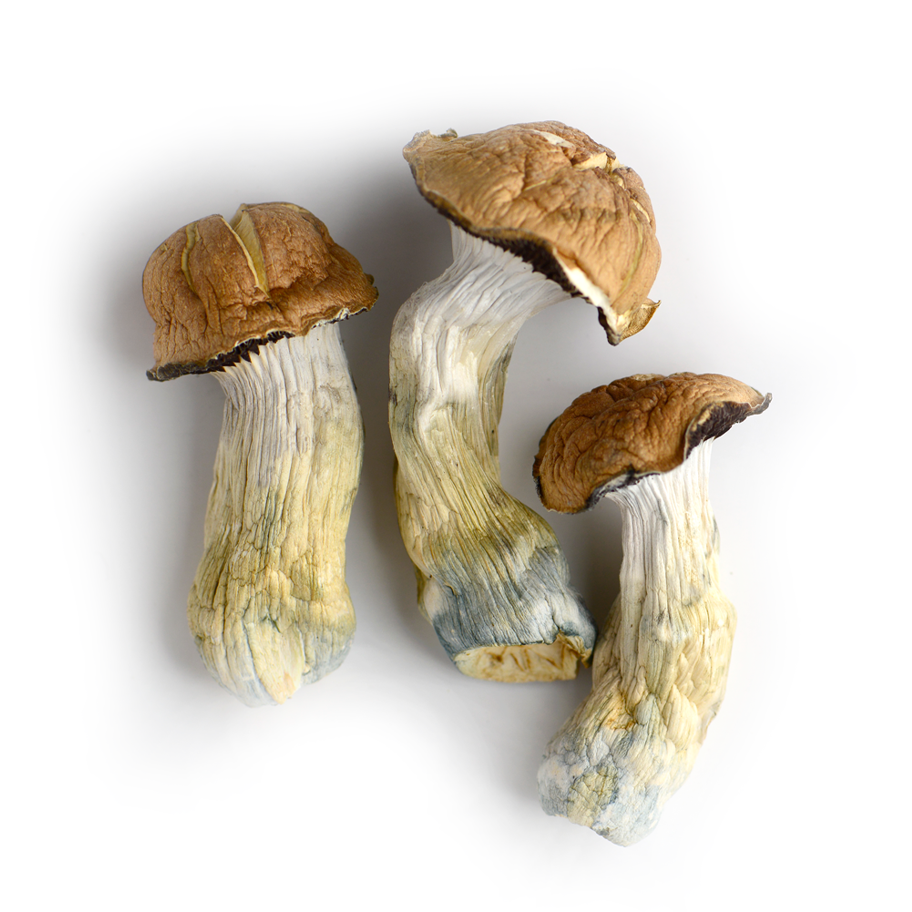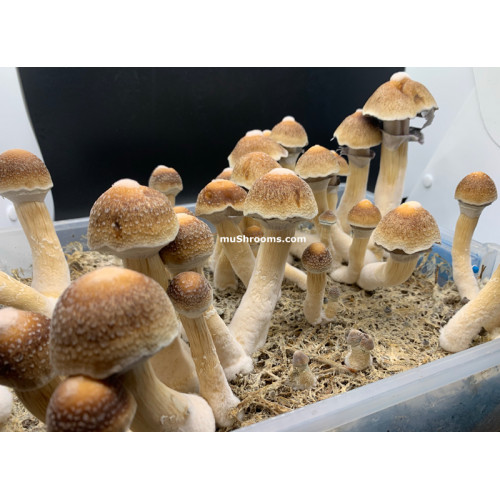Tidal wave mushrooms have gained immense popularity among mushroom enthusiasts and cultivators worldwide. Known for their rapid growth and impressive size, these mushrooms have become a favorite for both beginners and experienced growers. If you're looking to explore the fascinating world of tidal wave mushrooms, this comprehensive guide will provide all the information you need to get started.
Tidal wave mushrooms are a hybrid strain of oyster mushrooms, scientifically classified under the Pleurotus genus. Their unique characteristics make them stand out in the world of edible fungi. In this article, we'll delve into their cultivation process, ideal growing conditions, nutritional benefits, and much more.
Whether you're a seasoned cultivator or just starting your journey with mushrooms, understanding tidal wave mushrooms can open doors to new possibilities. Let's dive into the world of these remarkable fungi and discover why they are so highly regarded in the mushroom community.
Read also:Celina Smith Leak Unveiling The Truth Behind The Controversy
Table of Contents
- Biography of Tidal Wave Mushrooms
- Cultivation Techniques
- Ideal Growth Conditions
- Choosing the Right Substrates
- Harvesting Process
- Nutritional Benefits
- Delicious Recipes
- Common Pests and Diseases
- Storage Tips
- Commercial Cultivation
- Conclusion
Biography of Tidal Wave Mushrooms
Scientific Classification
Tidal wave mushrooms belong to the Pleurotus genus, which includes various oyster mushroom species. They are a hybrid strain developed to enhance growth rate and yield. Their scientific classification places them firmly within the family of edible fungi that are both nutritious and easy to cultivate.
Here is a quick overview of their scientific details:
- Genus: Pleurotus
- Species: Hybrid strain
- Common Names: Tidal Wave Mushrooms, Giant Oyster Mushrooms
Cultivation Techniques
Cultivating tidal wave mushrooms is relatively straightforward, even for beginners. The key to successful cultivation lies in understanding the specific requirements of these fungi. Below are some essential steps to follow:
Step-by-Step Guide
- Inoculation: Begin by inoculating the spawn into the chosen substrate. Ensure that the substrate is properly sterilized to prevent contamination.
- Incubation: Place the inoculated substrate in a warm, dark environment to allow mycelium growth. Maintain a temperature of around 70°F (21°C) for optimal results.
- Fruiting: Once the mycelium has fully colonized the substrate, move it to a fruiting chamber with higher humidity and increased airflow.
Ideal Growth Conditions
To ensure healthy and robust growth, tidal wave mushrooms require specific environmental conditions. These include temperature, humidity, and light levels.
Temperature
Temperature plays a crucial role in the growth of tidal wave mushrooms. They thrive best in temperatures ranging from 65°F to 75°F (18°C to 24°C). Maintaining a consistent temperature within this range will promote faster growth and higher yields.
Choosing the Right Substrates
Selecting the appropriate substrate is vital for successful cultivation. Tidal wave mushrooms can grow on various substrates, but some are more effective than others.
Read also:Abby Berner Onlyfans A Comprehensive Guide To Her Rise And Success
Popular Substrates
- Sawdust
- Straw
- Corn cobs
- Coffee grounds
Each substrate offers unique benefits, so it's essential to choose one that suits your specific needs and resources.
Harvesting Process
Harvesting tidal wave mushrooms at the right time is crucial to ensure their quality and flavor. Generally, they are ready for harvest within 10 to 14 days after the initiation of fruiting.
Harvesting Tips
- Harvest the mushrooms when the caps are fully open but before they start to curl downward.
- Use a sharp knife to cut the mushrooms at the base to avoid damaging the substrate.
- Store harvested mushrooms in a cool, dry place to maintain freshness.
Nutritional Benefits
Tidal wave mushrooms are not only delicious but also highly nutritious. They are rich in essential vitamins, minerals, and antioxidants that contribute to overall health.
Key Nutrients
- Protein
- Fiber
- Vitamin D
- Potassium
Regular consumption of tidal wave mushrooms can help boost immunity, improve digestion, and support heart health.
Delicious Recipes
Incorporating tidal wave mushrooms into your diet is easy and delicious. Here are a few recipe ideas to inspire you:
Grilled Tidal Wave Mushrooms
- Marinate the mushrooms in olive oil, garlic, and herbs.
- Grill them until tender and slightly charred.
- Serve as a side dish or add them to salads for extra flavor.
Common Pests and Diseases
While tidal wave mushrooms are generally resistant to pests and diseases, it's essential to be vigilant and take preventive measures.
Prevention Tips
- Maintain cleanliness in the growing area to reduce the risk of contamination.
- Regularly inspect the mushrooms for signs of pests or diseases.
- Use organic pest control methods if necessary.
Storage Tips
Proper storage is crucial to preserve the freshness and quality of tidal wave mushrooms. Here are some tips to help you store them effectively:
Storage Methods
- Refrigerate the mushrooms in a paper bag to prevent moisture buildup.
- Freeze them for long-term storage by slicing and blanching before freezing.
- Avoid washing the mushrooms until you're ready to use them to maintain their texture.
Commercial Cultivation
For those interested in commercial cultivation, tidal wave mushrooms offer excellent potential due to their fast growth and high yield. Establishing a commercial operation requires careful planning and investment in infrastructure.
Key Considerations
- Identify a reliable source of spawn and substrates.
- Invest in proper growing equipment and facilities.
- Develop a marketing strategy to reach potential customers.
Conclusion
Tidal wave mushrooms are a fascinating and valuable addition to the world of edible fungi. With their rapid growth, impressive size, and nutritional benefits, they are an excellent choice for both home cultivators and commercial growers.
We hope this guide has provided you with all the information you need to successfully grow and enjoy tidal wave mushrooms. Don't forget to share your experiences and insights in the comments section below. For more informative articles on mushrooms and other topics, explore our website further. Happy cultivating!
References:
- Stamets, P. (2000). Growing Gourmet and Medicinal Mushrooms. Ten Speed Press.
- Chang, S. T., & Miles, P. G. (2004). Mushrooms: Cultivation, Nutritional Value, Medicinal Effect, and Environmental Impact. CRC Press.


